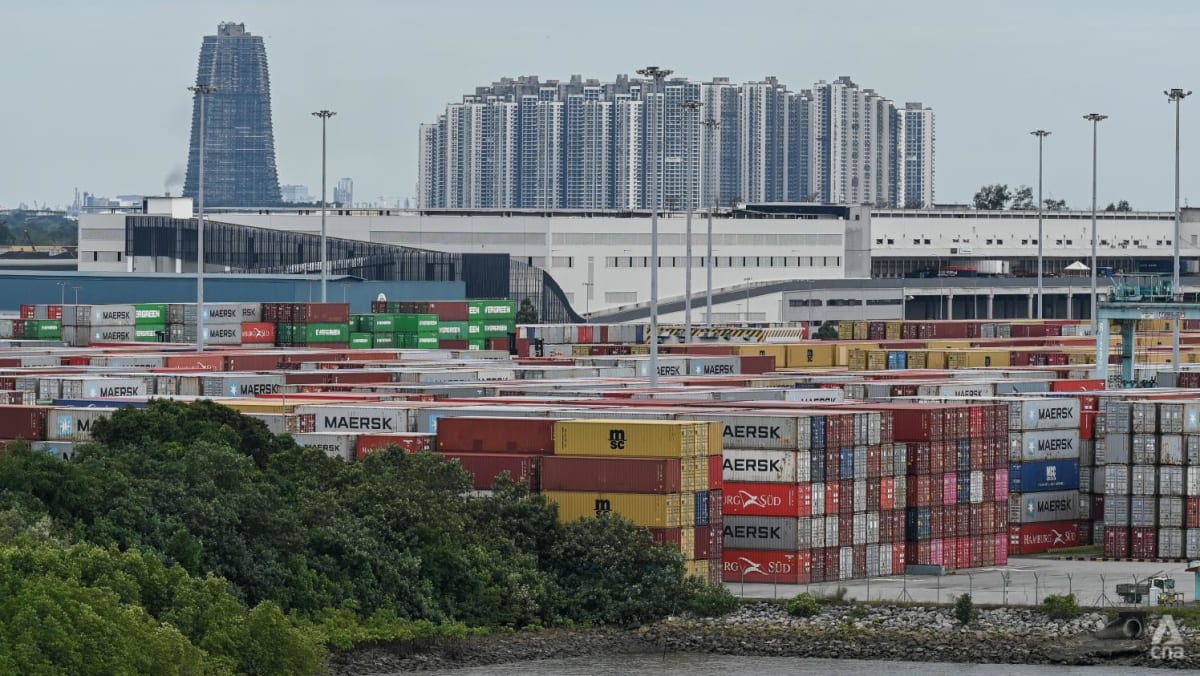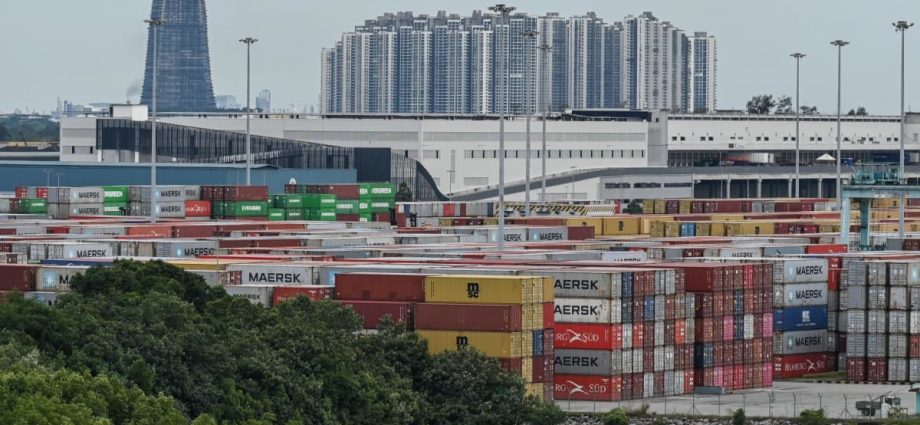
Sulaiman Saheh, director of research at property consultancy firm Rahim & Co, told CNA that based on his company’s research, there has been a “recent positive trend” in Johor’s property market.
“Comparing the first nine months of 2021 and the first nine months of 2022, the number of all sector property transactions grew by 39.8 per cent,” said Mr Sulaiman.
He attributed this to the pent-up demand and increased confidence from buyers after the borders had reopened.
However, he noted that the market was still cautious, especially with regard to developments by Chinese companies like Country Garden.
Mr Sulaiman said that such foreign developers, unlike Malaysian developers, tend to launch their developments by putting a large number of units up for sale – around 10,000 units a year, and this exacerbates the ongoing oversupply issue.
“You cannot have a development which is occupied totally by foreigners unless all of them apply for residency status under the MM2H regulations,” he added.
The Malaysia My Second Home (MM2H) programme is an initiative by the government for foreigners interested in purchasing homes in the country.
In August 2021, Putrajaya imposed stricter MM2H conditions, which included needing to show RM1.5 million in liquid assets and having a minimum RM40,000 monthly income. The state government has asked the federal government to review its decision, given that there are implications for the property sector.
In response to queries from CNA, the office of Johor’s housing and local government committee chairman Mohd Jafni Md Shukor said that the state government was in the process of holding talks with the Home Ministry to review the conditions for the MM2H programme.
“We are finalising the details, and together with the chief minister will raise the matter to the Ministry of Home Affairs,” it added.
LONGSTANDING CONNECTIVITY PROBLEMS
In order for Iskandar Malaysia to really take off, it is important to make headway in tackling longstanding connectivity problems, especially in terms of traffic congestion at the Woodlands Causeway and Tuas Second Link.
Mr Mark Soh, a Singaporean who owns an industrial hardware workshop in Pasir Gudang, told CNA that crossing the Causeway during peak periods can be “agonising”.
“A 30-minute journey can become 3 hours. In business, time is money,” the 43-year-old told CNA.

